

Whilst living on site in a caravan with Suzanne and Arthur, Matthew converted an old Cornish Barn into a home.

Matthew had worked as a builder and joiner in Leicestershire for many years before returning to Cornwall in 1985.

He enjoyed working with a wide range of natural materials and tools.
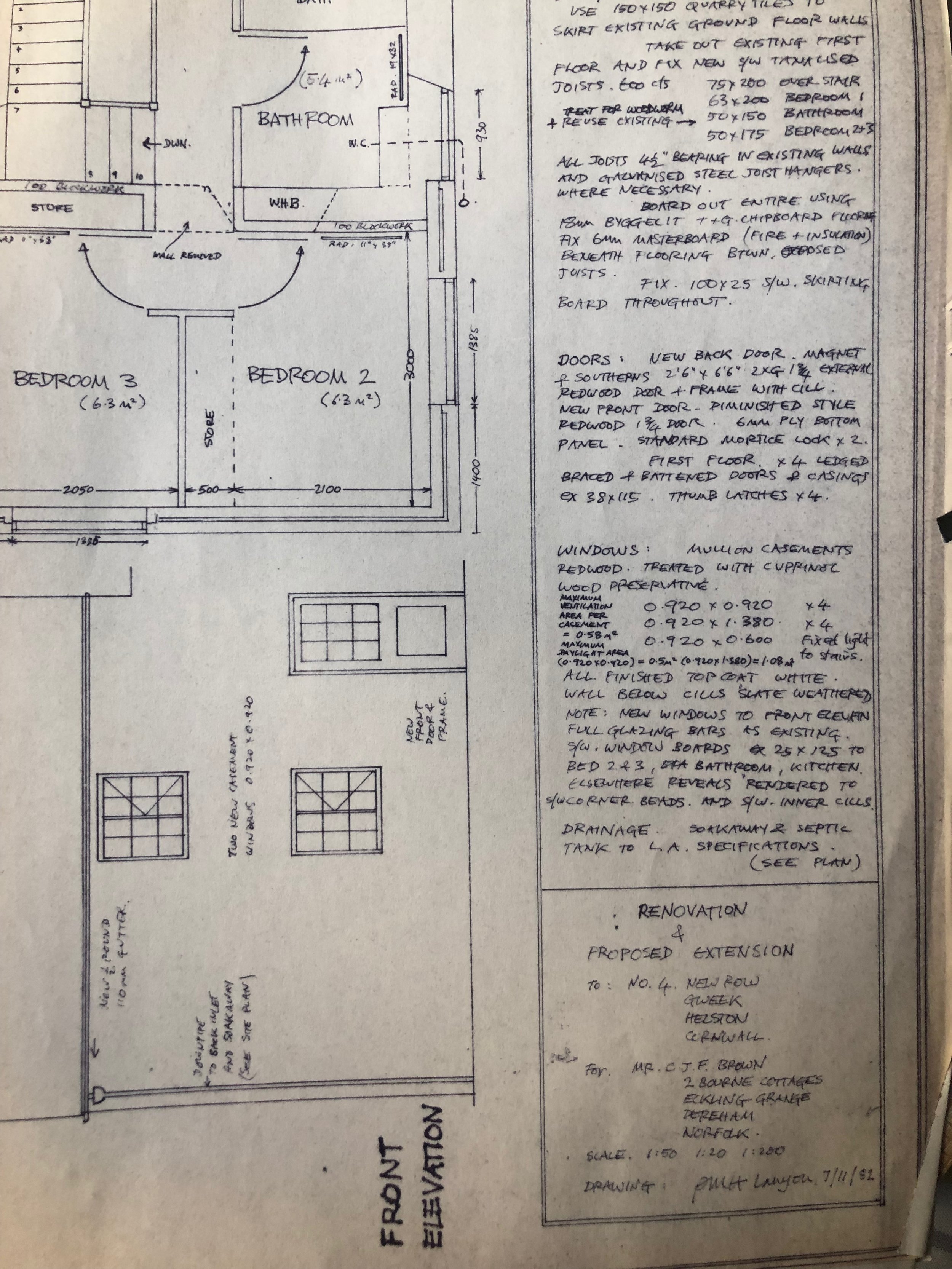
He prepared all the architectural drawings for his conversion of their house in Leicestershire where he lived from 1978 until the move back to Cornwall in 1985.
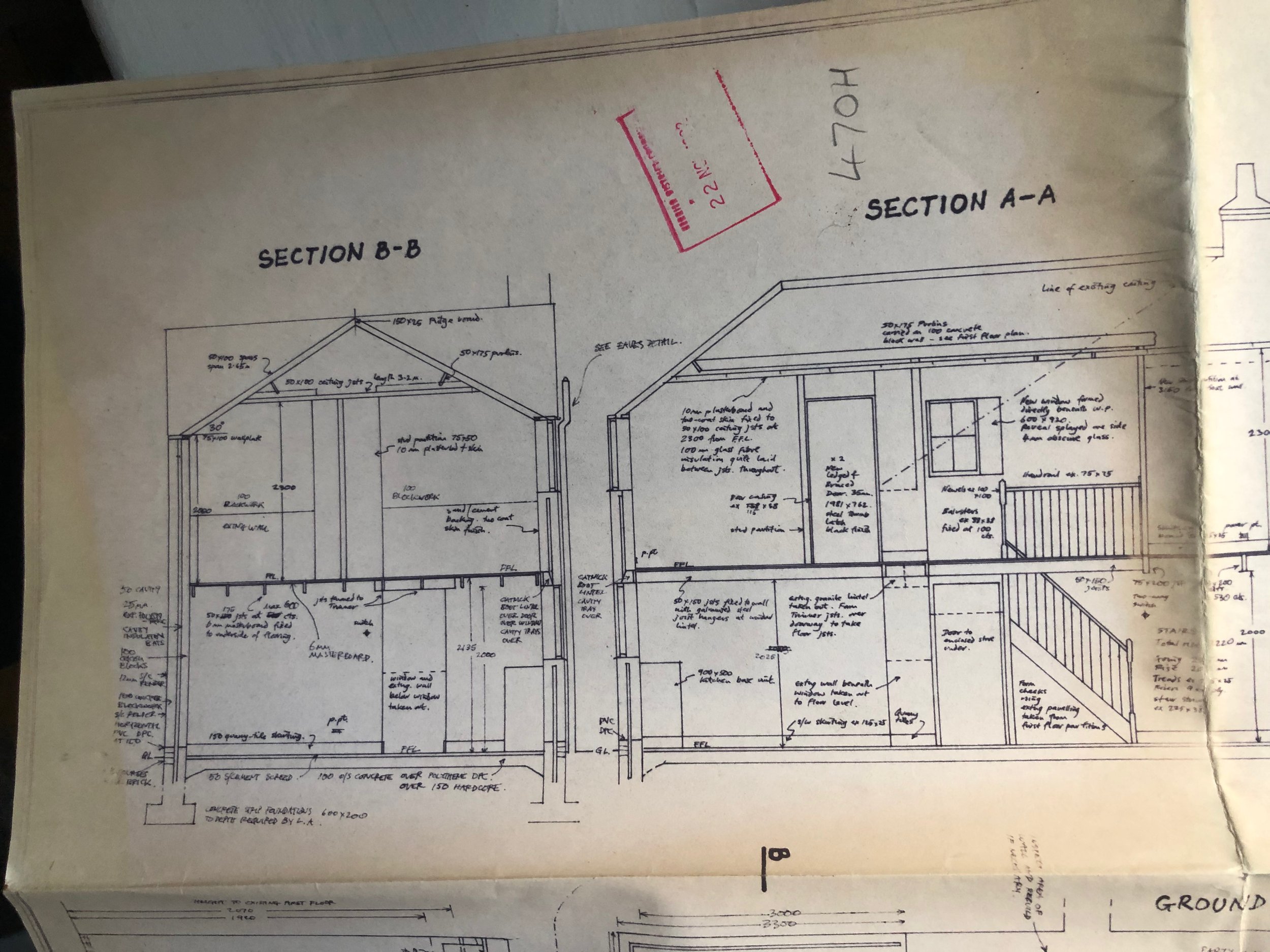
These detailed drawings were all handwritten by Matthew in his characteristically beautiful, tiny handwriting.
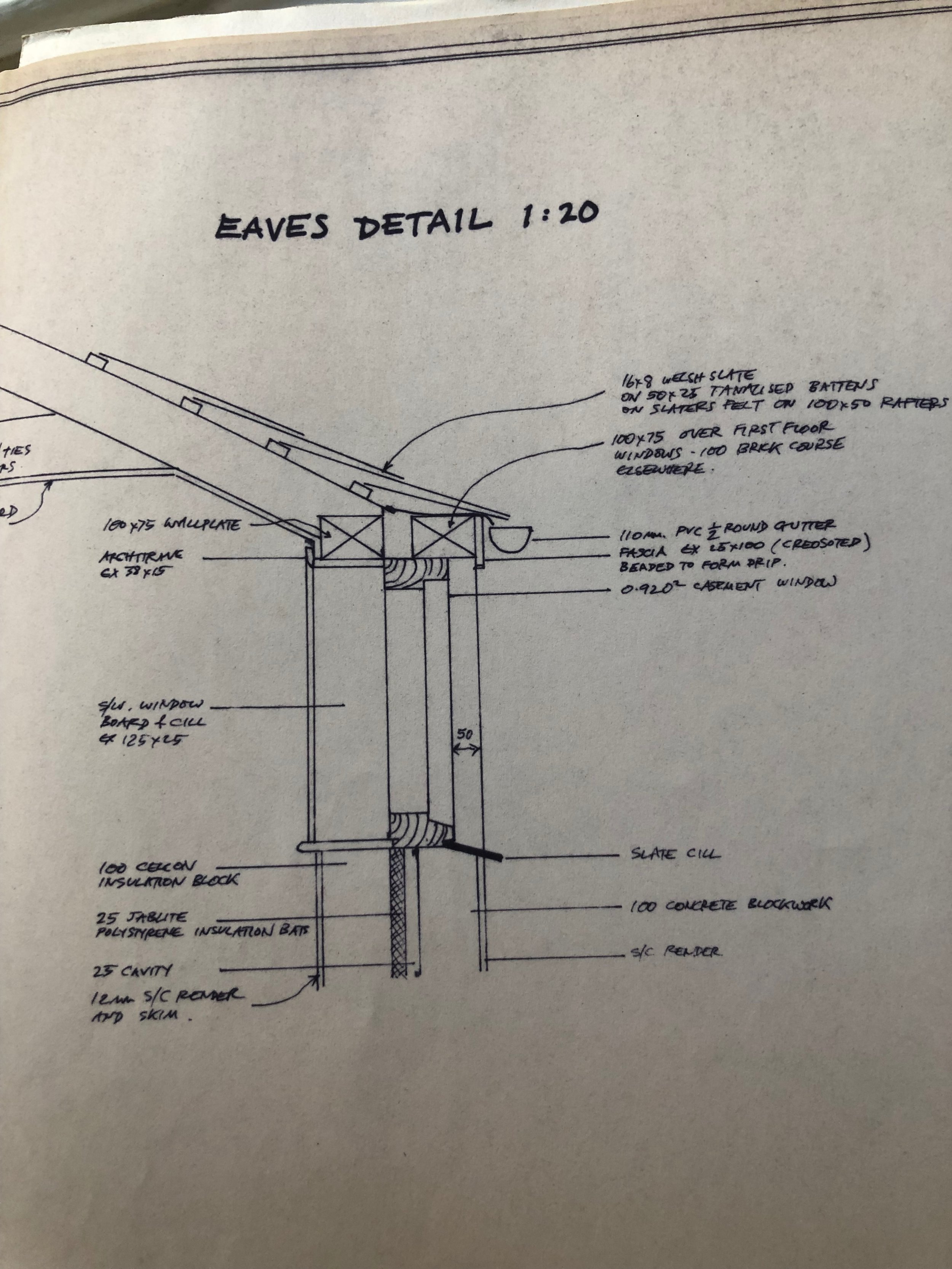
All these drawings which were submitted in planning applications are in the Archive. They demonstrate his remarkable ability to learn new skills to a very high standard in a short space of time.
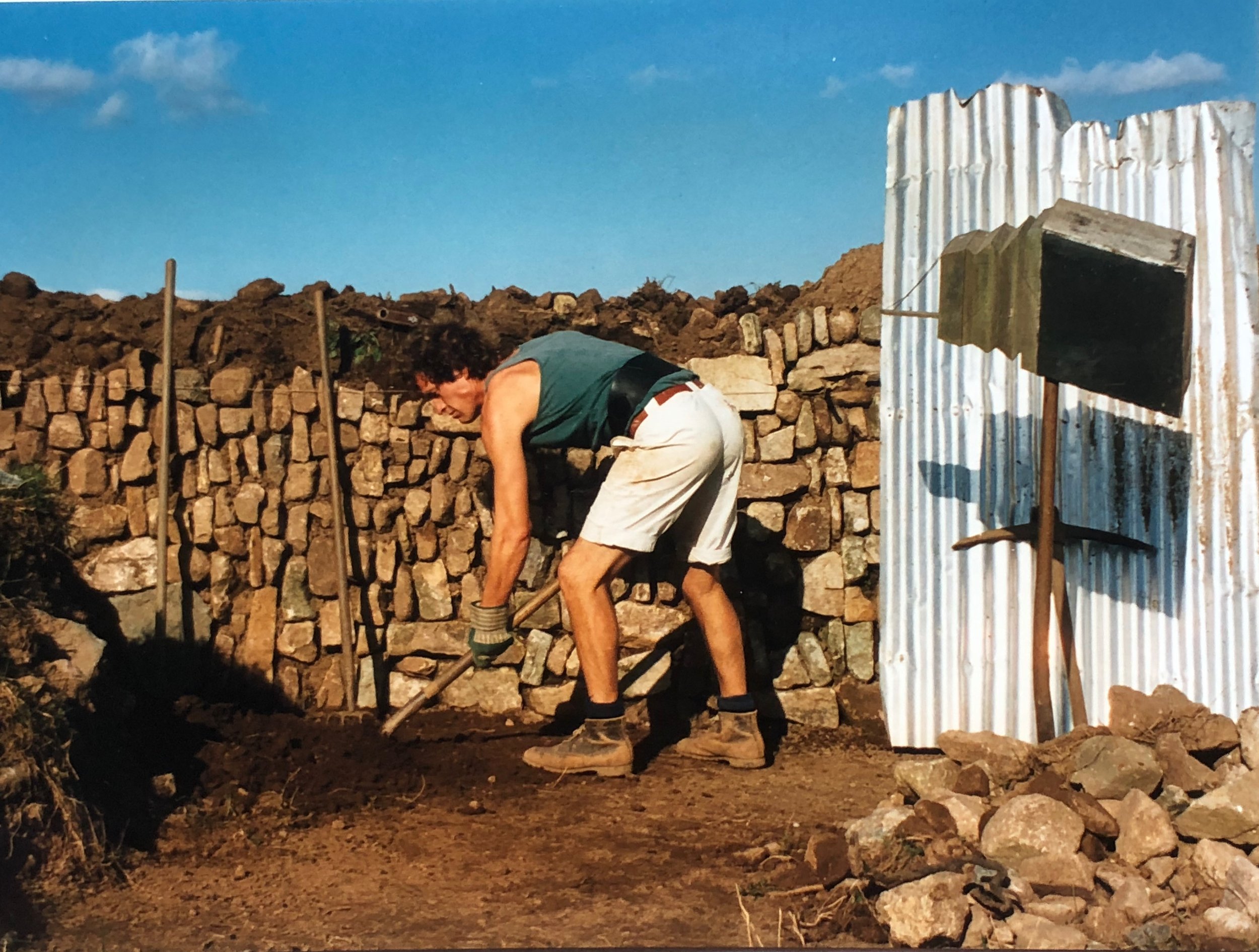
After completing the Barn in Cornwall Matthew set about building a Cornish hedge along the new boundary with the farmer’s field. Early 1990’s.

He constructed this mammoth hedge (about 60 meters) in the traditional way on his own and it features in many of his early art works, for example here you can see cameras being inserted, these were to become his installation, ‘Ways of Giving up Photography’.
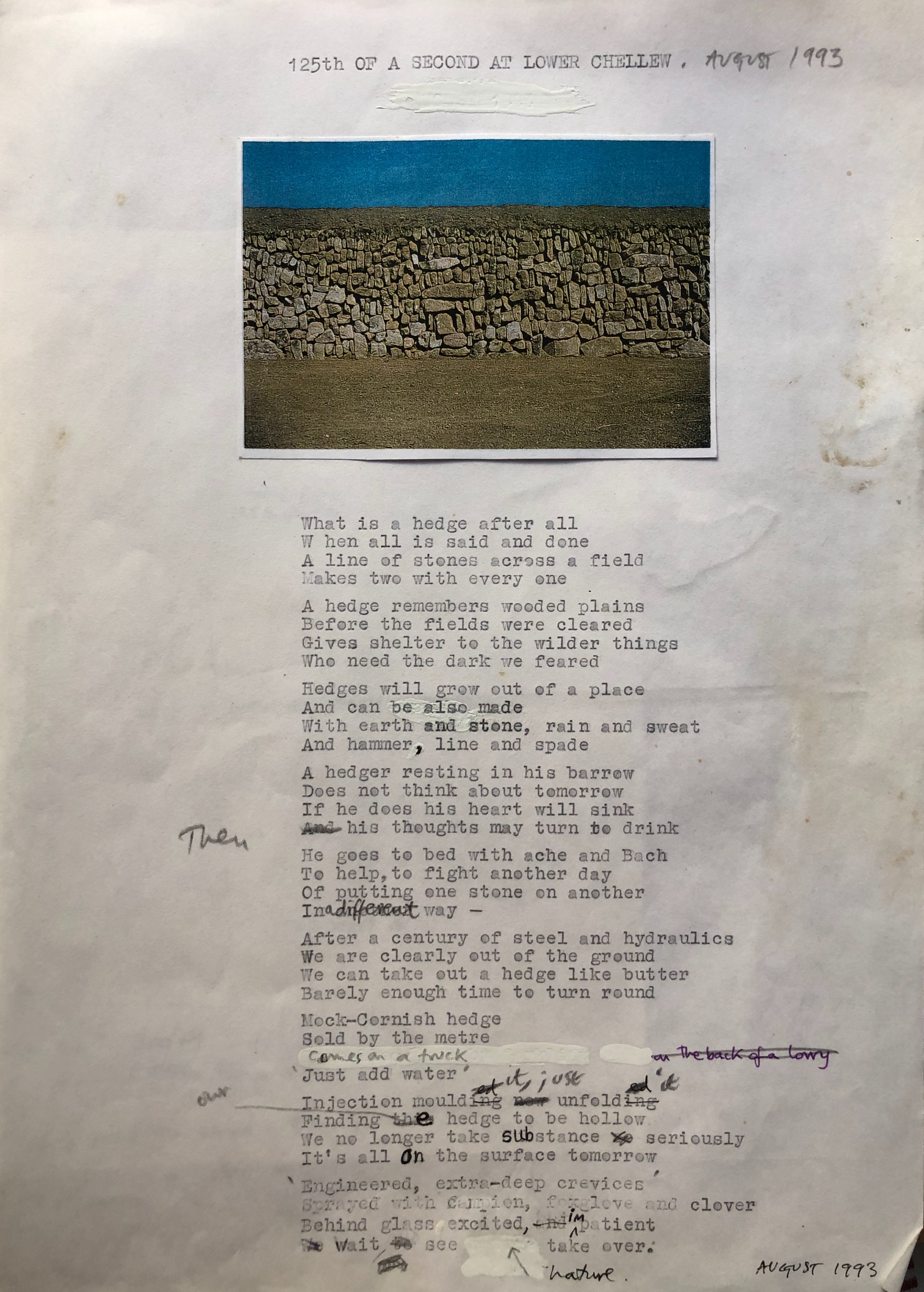
An example of Cornish hedge photo art and poem; One 25th of a second at Lower Chellew, August 1993.
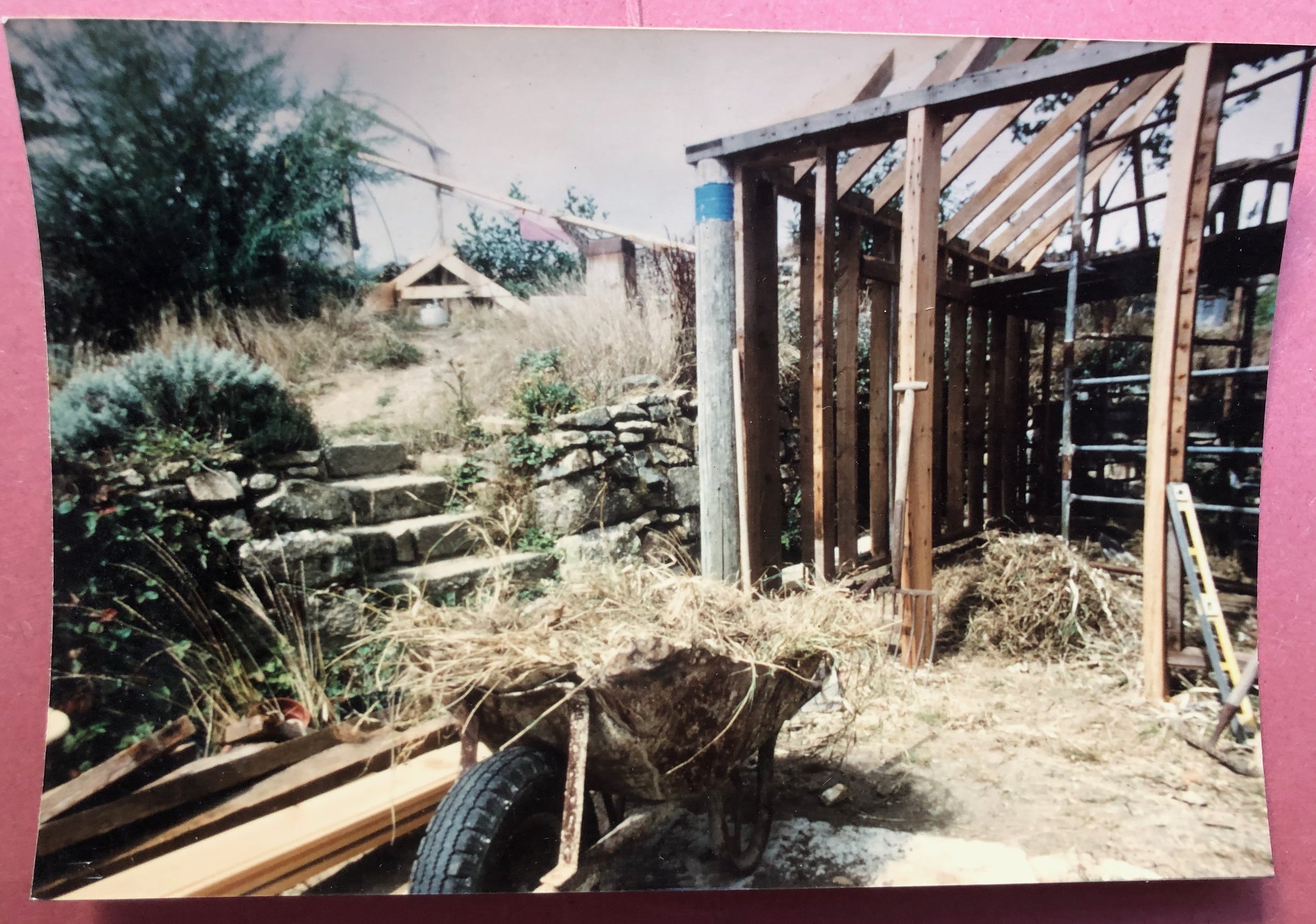
Office building in progress, using mainly wood, and a wheelbarrow of hay for the goats.
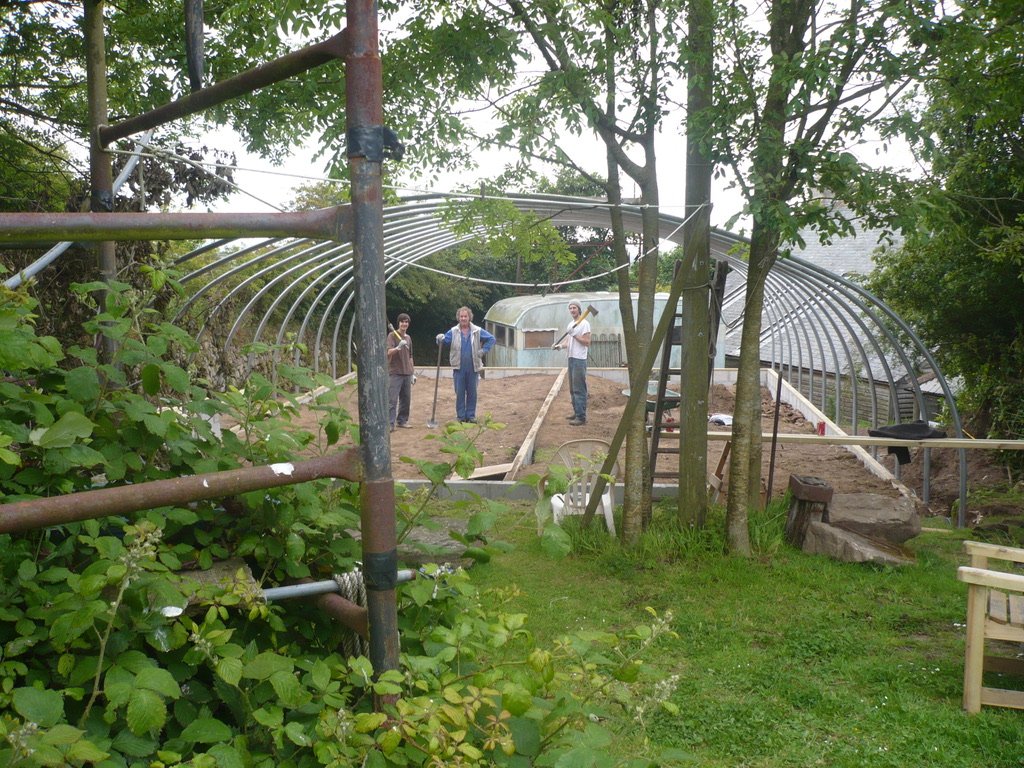
Building the giant studio tunnel with Wilf, Matthew and Arthur, 2011.
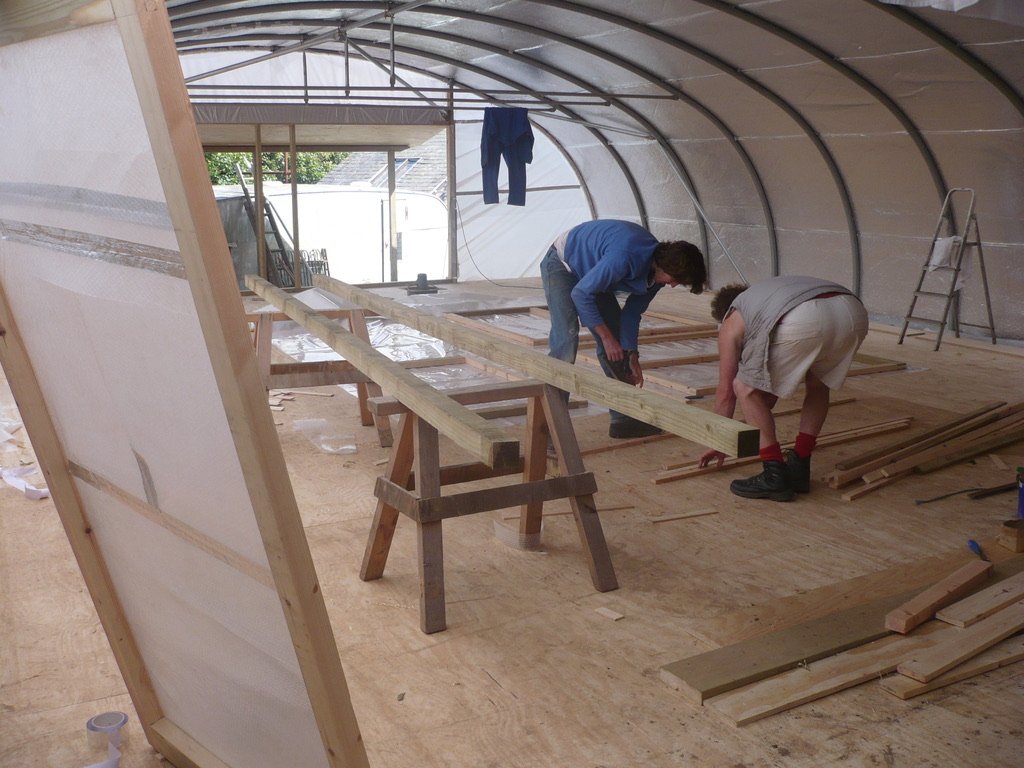
Laying the big tunnel floor, 2011, photo credit Judith Lanyon.

Tea break, completing the tunnel Sept 2011.
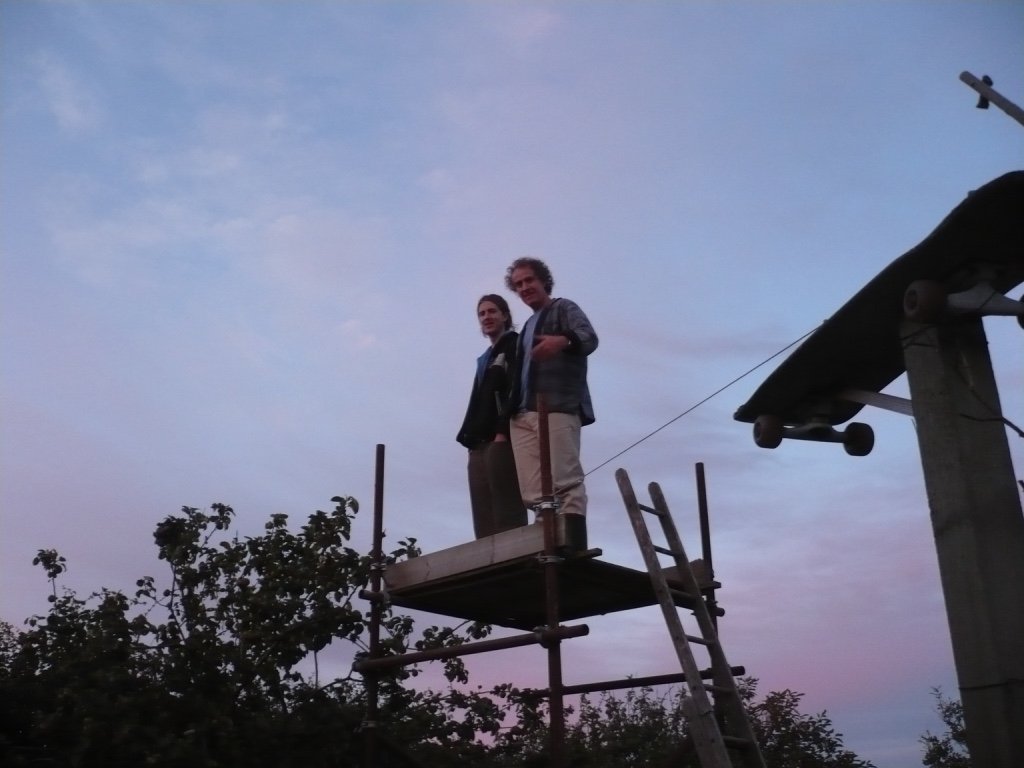
Arthur and Matthew 2009 on one of three scaffolding towers he built in the garden. This one was high enough to create the means of photographing his 22' wide paintings.

Painting in the oil tunnel studio in 2009, featuring 22' wide White Horse, in its reusable frame and purpose made 'easel'. Matthew made all the 46 or so distinctive frames at home each August, for the paintings in his annual September solo shows between 1998 and 2016.

A spring solstice sun line constructed by Matthew as a permanent feature. Using white pebbles, plastic tubing and cats eyes, it was designed to light up at dawn on that one morning each year, as long as the sky was clear. He spent a year working out and recording through dawn mapping the precise sunrise line on March 21st.

